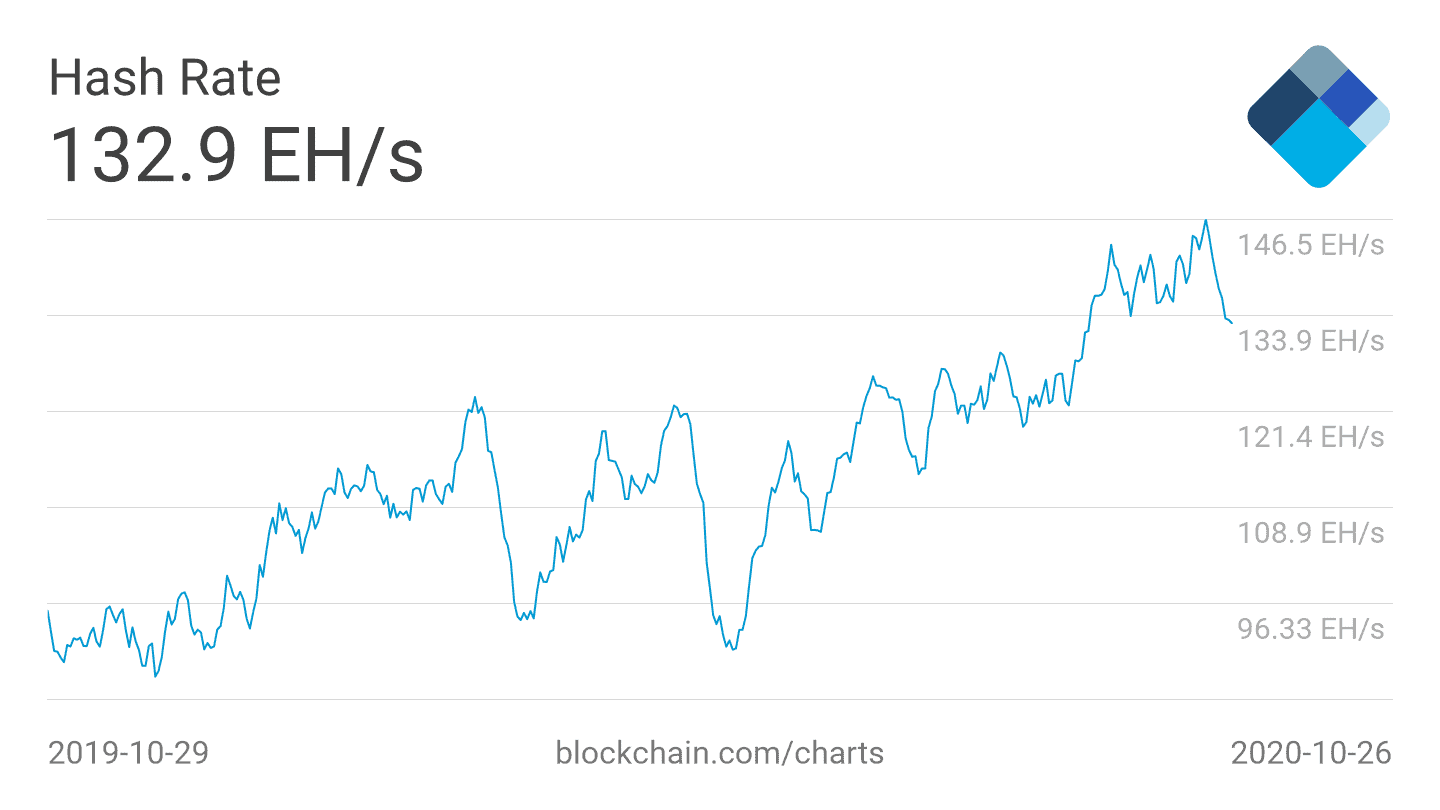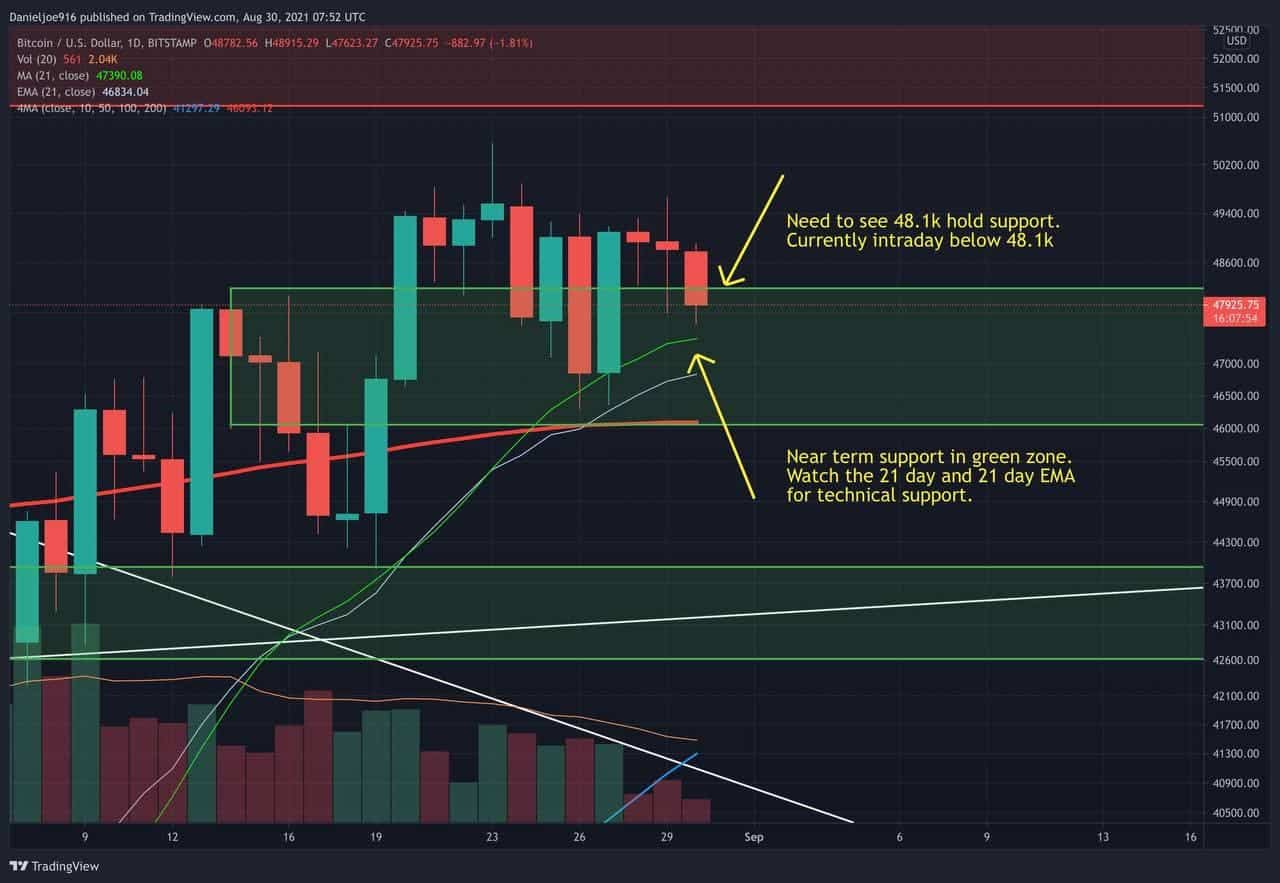Here’s Why Bitcoin’s Hashrate May Drop Further This Week
Yesterday, the Bitcoin network witnessed approximately 22 exahashes per second (EH/s) exit the ecosystem, as noted by Hashr8’s Thomas Heller on Twitter.
The self-professed “mining maximalist” also shared his estimation that we’ll see the BTC mining difficulty decline somewhere between 7.4% to 8.8% by the end of the week — a drop that, if true, would be the worst negative difficulty adjustment since the infamous, COVID-19-induced “Black Thursday” crash in March.
However, none of this is a mere random anomaly or coincidence.

Seasonal Migration
The root cause of Bitcoin’s hash rate drop may be attributed to the end of the rainy season in China’s Sichuan province — where miners seasonally migrate to to reap the advantages of cheap hydro-electric power as the rains raise water levels and, in turn, BTC miners’ profit margins. This has made Sichuan one of the world’s foremost Bitcoin mining hotspots… at least, while it’s raining.
Sichuan most recently represented 18.5% of Bitcoin’s global hash rate in the spring of 2020, according to data from the University of Cambridge’s Bitcoin Electricity Consumption Index. However, this share of the world’s BTC hash rate declines after the province’s rainy season.
To put it simply, when the rains stop, the Bitcoin miners leave.
Kevin Zhang of Foundry, a subsidiary of Digital Currency Group, also noted that approximately 20 EH/s left the Bitcoin network yesterday — illustrating a weekly-average hash rate of 132.9 EH/s against the daily hash rate of 112.9 EH/s.

The Bitcoin Network Resolves Itself
While the Bitcoin network is currently hemorrhaging hash rate, there’s little reason to fear.
As noted by Heller, the seasonal migration of Bitcoin miners will likely see many relocate out of Sichuan into places like Xinjian or Inner Mongolia — both of which are also powerhouses when it comes to the leading cryptocurrency’s hash rate.
Still, the rainy season won’t return again until next year — a fact which will undoubtedly be, at least temporarily, reflected in Bitcoin’s hash rate.
However, the Bitcoin network automatically undergoes regular mining difficulty adjustments that have, historically, ensured a competitive environment remains… even during the most FUD-inducing times.









